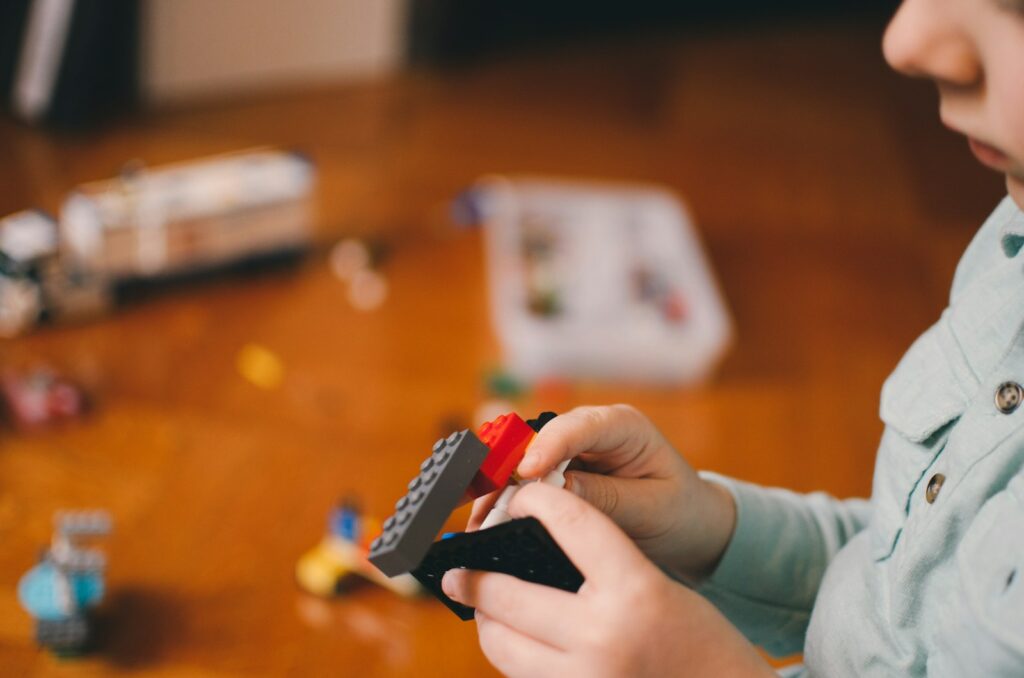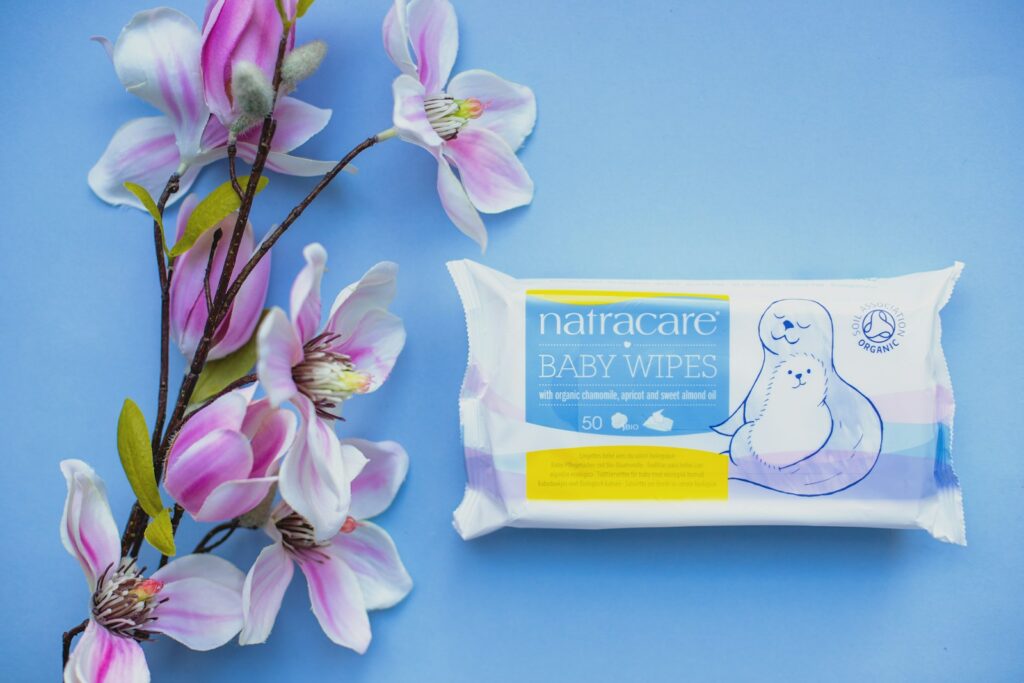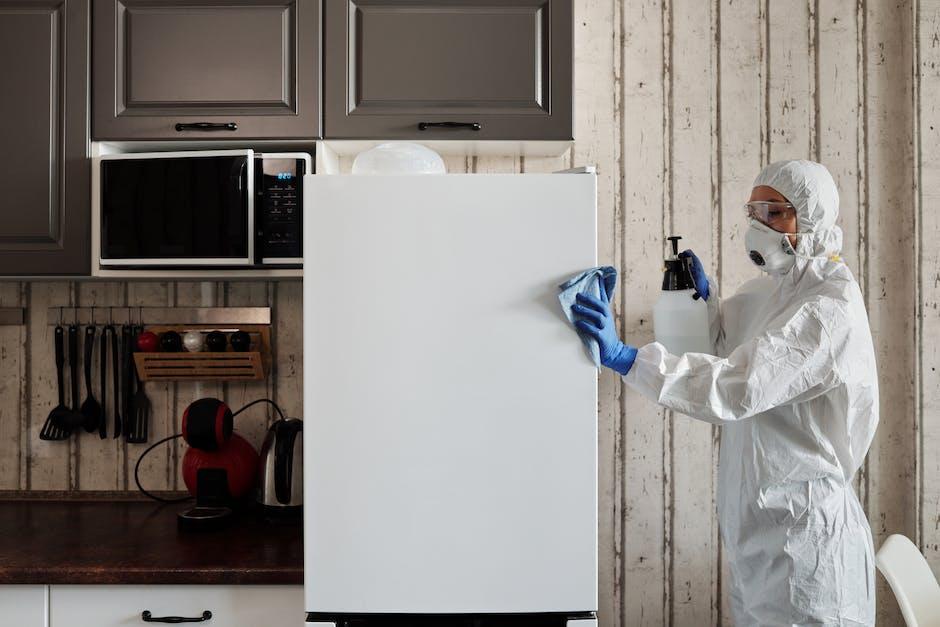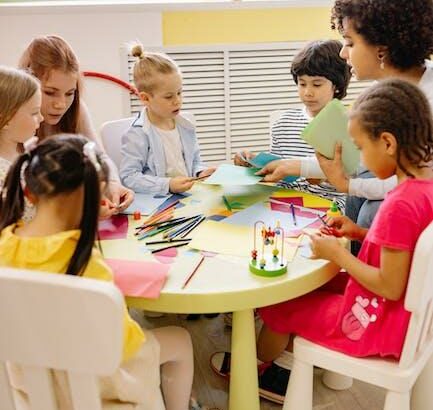
Welcome to the ultimate how-to guide on sanitizing children’s play areas! As parents, caregivers, and anyone else responsible for keeping kids safe and healthy, it’s crucial to ensure that play spaces are clean and germ-free. In this article, we’ll cover everything you need to know about effectively sanitizing children’s play areas, from choosing the right products to creating a routine that works for you. Get ready to learn how to keep those little ones playing in a germ-free paradise!
Table of Contents
- Embracing the Clean Sweep Philosophy for Play Spaces
- The Power of Proper Toy Segregation
- Choosing the Right Sanitizers for Sensitive Skin
- The Magic of Steam Cleaning in a Child’s World
- Making Disinfecting a Fun Family Affair
- Questions & Answers For Sanitizing Children’s Play Areas: A How-To Guide
- In Summary
Embracing the Clean Sweep Philosophy for Play Spaces
Keeping children’s play areas clean and sanitized is essential, especially in today’s world. This Sanitizing Children’s Play Areas: A How-To Guide will provide you with step-by-step information on how to ensure that play spaces are safe and clean for kids to enjoy.
Before you begin sanitizing the play area, make sure you have the right supplies on hand. Here’s what you’ll need:
- Disinfectant wipes
- All-purpose cleaner
- Microfiber cloths
- Disposable gloves
Having these supplies ready will make the sanitizing process much easier and more efficient.
Here are some essential steps to follow when preparing the play areas for sanitization:
- Remove clutter: Clear the play area of toys, cushions, and any other items that could hinder the cleaning process.
- Dust and vacuum: Use a microfiber cloth to wipe down surfaces and a vacuum with a HEPA filter to remove dirt and dust from carpets and upholstery.
- Wash and disinfect toys: Clean and sanitize toys, especially those that are frequently handled by children. This includes not only the obvious areas like tables and chairs, but also soft play equipment, ride-on toys, and any other items that children may come into contact with.
Additionally, it’s crucial to establish a routine for daily cleaning and sanitizing, as well as a more thorough deep cleaning on a regular basis.
By following these steps, you can ensure that children’s play areas are not only safe but also inviting and enjoyable for kids to play in.
The Power of Proper Toy Segregation
When it comes to sanitizing children’s play areas, proper toy segregation is a crucial step in maintaining a clean and safe environment for kids. Separating toys by type and material not only makes the cleaning process more manageable, but it also helps prevent the spread of germs and bacteria.
Here is a step-by-step guide:
Step 1: Assess the Play Area
Take a good look around and identify the different types of toys and playthings scattered around. Are there plush toys, plastic toys, or maybe wooden blocks? Understanding the variety of materials will help in determining the appropriate cleaning methods. It’s also essential to check for any broken or damaged toys that might need to be repaired or discarded.
Step 2: Sort and Segregate
Now that you’ve assessed the play area, it’s time to sort and segregate the toys. This step is where the power of proper toy segregation comes into play. Divide the toys into categories based on their material and usage. For example:
- Plush toys
- Plastic toys
- Wooden toys
- Outdoor toys
By segregating the toys, you can ensure that each category receives the appropriate cleaning treatment, minimizing the risk of cross-contamination and maximizing the effectiveness of the sanitization process.
Step 3: Cleaning and Sanitizing
Once the toys are sorted, it’s time to clean and sanitize them.
Here’s a breakdown of how to effectively clean each type of toy:
- Plush toys: Place them in a pillowcase and run them through a gentle cycle in the washing machine using a mild detergent. Afterward, tumble dry on low heat or let them air dry in the sun.
- Plastic toys: Wipe them down with a mixture of warm water and mild soap using a clean cloth or sponge. For smaller toys with intricate details, consider soaking them in a solution of water and vinegar for extra disinfection.
- Wooden toys: Avoid submerging wooden toys in water as it can damage them. Instead, wipe them down with a damp cloth and mild detergent. You can also use a solution of water and vinegar for disinfection, ensuring to dry them thoroughly afterward.
- Outdoor toys: Spray them with a disinfectant specifically designed for outdoor use, following the manufacturer’s instructions carefully. Pay extra attention to high-touch areas like handles and seats.
Here are some extra steps to sanitizing plush toys and cushions:
- Step 1: Gather all plush toys and cushions that need to be sanitized.
- Step 2: Check the care labels on each item to determine the appropriate cleaning method.
- Step 3: Wash machine-washable items in hot water and dry on high heat to kill germs and bacteria.
- Step 4: For non-machine washable items, use a spray disinfectant to thoroughly sanitize the surfaces.
- Step 5: Allow the items to air dry completely before returning them to the play area.
By following these steps and utilizing proper toy segregation, you can ensure that children’s play areas are not only sanitized but also safe for endless hours of playtime fun.
Choosing the Right Sanitizers for Sensitive Skin

When it comes to sanitizing children’s play areas, it’s important to choose the right sanitizers, especially if your child has sensitive skin.
Here are some tips for choosing the right sanitizers for sensitive skin:
- Look for alcohol-free sanitizers: Alcohol can be harsh on sensitive skin, so look for sanitizers that are free from alcohol.
- Go for natural ingredients: Choose sanitizers that are made from natural ingredients, such as aloe vera and essential oils, which are gentle on the skin.
- Avoid fragrances and dyes: Fragrances and dyes can irritate sensitive skin, so opt for unscented and dye-free sanitizers.
In addition to choosing the right sanitizers, it’s also important to sanitize play areas properly to ensure the safety of your child. Remember to clean and sanitize toys, play surfaces, and high-touch areas regularly to prevent the spread of germs and bacteria.
| Sanitizer | Key Features |
|---|---|
| Seventh Generation | Alcohol-free, natural ingredients |
| Babyganics | Fragrance-free, dye-free |
| CleanWell | Botanical ingredients, gentle on skin |
When it comes to sanitizing children’s play areas, you can also create your own safe and natural sanitizer, especially for sensitive skin.
See the steps below:
Step 1: Gather Your Ingredients
- Distilled water
- Witch hazel
- Lavender essential oil
- Aloe vera gel
Step 2: Mix the Ingredients
In a small bowl, combine 1/4 cup of witch hazel, 1/4 cup of aloe vera gel, and 10-15 drops of lavender essential oil. Stir the mixture until well blended.
By following these tips and choosing the right sanitizers for sensitive skin, you can ensure that your child’s play areas are clean and safe for playtime. Remember to read the labels and ingredients of sanitizers carefully to make the best choice for your child’s sensitive skin.
The Magic of Steam Cleaning in a Child’s World
When it comes to keeping children’s play areas clean and sanitized, steam cleaning is truly magical. Not only does it effectively kill germs and bacteria, but it also provides a chemical-free and eco-friendly solution for maintaining a healthy environment for kids to play in. By harnessing the power of steam, you can ensure that play areas are not only clean, but also safe for children to enjoy.
Here is a step-by-step guide to sanitizing children’s play areas using the magic of steam cleaning:
- Step 1: Clear the Area - Before you begin steam cleaning, make sure to remove any toys, furniture, and other items from the play area.
- Step 2: Vacuum – Use a vacuum cleaner to remove any loose debris and dirt from the play area.
- Step 3: Steam Clean – Use a high-quality steam cleaner to thoroughly clean and sanitize the play area, paying special attention to high-touch surfaces and areas where children typically play.
- Step 4: Dry and Replace Items – Allow the play area to dry completely before replacing toys and furniture.
Making Disinfecting a Fun Family Affair

Sanitizing children’s play areas can be a daunting task, but it doesn’t have to be a chore. In fact, with a little creativity and some help from the whole family, it can actually be a fun and engaging activity. By involving the kids in the process, not only will they learn important hygiene habits, but it can also establish a sense of responsibility and teamwork.
Here’s how to turn the task of disinfecting into a family affair:
- Turn on some music and make it a dance party while wiping down surfaces
- Assign different areas of the playroom to each family member
- Use colorful and scented disinfectant wipes to make the process more enjoyable
By making disinfecting a fun family affair, you can not only ensure that the children’s play areas are clean and safe, but also create lasting memories and instill good habits in the kids.
It’s a win-win for everyone!
Questions & Answers For Sanitizing Children’s Play Areas: A How-To Guide
How important is it to sanitize children’s play areas?
Sanitizing children’s play areas is extremely important in preventing the spread of germs and bacteria that can cause illness.
What are some commonly overlooked areas when sanitizing children’s play areas?
Some commonly overlooked areas include toy bins, climbing structures, and soft play mats.
What are the best sanitizing products to use in children’s play areas?
The best sanitizing products to use in children’s play areas are ones that are non-toxic and safe for use around kids, such as hydrogen peroxide-based cleaners or alcohol-based wipes.
How often should children’s play areas be sanitized?
Children’s play areas should be sanitized daily, especially during cold and flu season.
What steps should be taken to properly sanitize children’s play areas?
To properly sanitize children’s play areas, start by removing any toys or equipment, then clean and disinfect all surfaces using a safe and effective sanitizing product.
What are some tips for maintaining a sanitized children’s play area?
Some tips for maintaining a sanitized children’s play area include encouraging hand washing, providing hand sanitizer, and regularly inspecting and cleaning toys and equipment.
What are the benefits of keeping children’s play areas sanitized?
The benefits of keeping children’s play areas sanitized include reducing the spread of illness, creating a safe and healthy environment for kids, and giving parents peace of mind.
How can parents get involved in sanitizing children’s play areas?
Parents can get involved in sanitizing children’s play areas by volunteering to help clean and disinfect toys and surfaces, and by encouraging good hygiene habits in their kids.
What are some common mistakes to avoid when sanitizing children’s play areas?
Some common mistakes to avoid when sanitizing children’s play areas include using harsh chemicals, forgetting to clean frequently-touched surfaces, and not properly drying sanitized items.
Where can I find more information on sanitizing children’s play areas?
You can find more information on sanitizing children’s play areas by consulting with pediatricians, childcare professionals, and reputable sources on child care and hygiene.
In Summary
And there you have it, a comprehensive guide to sanitizing children’s play areas. By following these simple steps, you can ensure that your little ones can enjoy their playtime in a clean and safe environment. Remember, regular cleaning and disinfecting can go a long way in preventing the spread of germs and keeping your children healthy. So, don’t hesitate to roll up your sleeves and get to work. Your kids will thank you for it!
